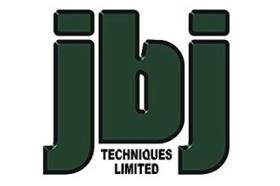Hydraulic gear motors convert hydraulic pressure and flow into torque and angular displacement, rotary mechanical power, applied to a load via the shaft Hydraulic fluid is moved into the motor causing the matched gear set to rotate.

One of the gears is connected to the motor output shaft so producing the rotary mechanical power. Mechanical power gained from hydraulic circuits already in place on vessels, dredgers, cranes, industrial process, heavy plant, agricultural and commercial equipment.
Hydraulic gear motors can be supplied in single or bi-rotational formats and units are available with a comprehensive range of mounting flange and shaft options including specific designs to accommodate high radial loads.

A complete range of integrated relief valves and anti-cavitation valves to suit a wide range of applications are available as standard.
A variety of materials used within the construction process ensure suitability for a wide range of fluids and environments.
Now including the new range of cast iron bodied, cast iron flanged, hydraulic gear motors for applications requiring high pressures, optimal performance and endurance.
A special shaft seal to allow hydraulic gear motors to bear extreme over-pressures without damage or failure.
Please see Hydraulic Gear Motors for further details including:
- Frequently used mathematical formulas.
- A guide for selecting the correct size hydraulic gear motor.
- Example calculations with performance graphs.
- Series models
For more information contact
jbj Techniques Limited
info@jbj.co.uk | sales@jbj.co.uk
T: 01737 767493 I F: 01737 772041













